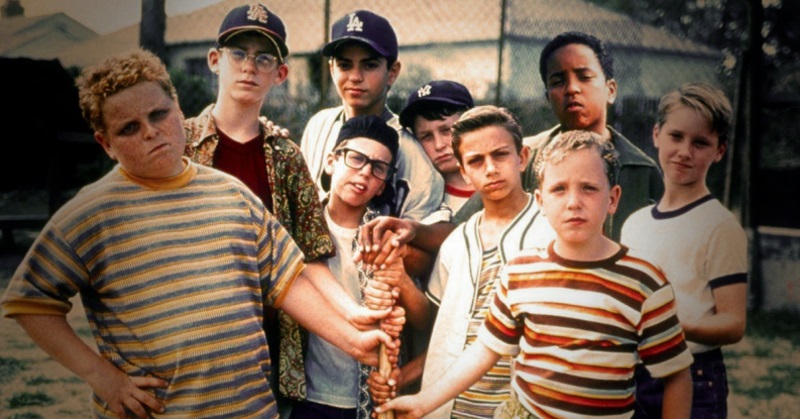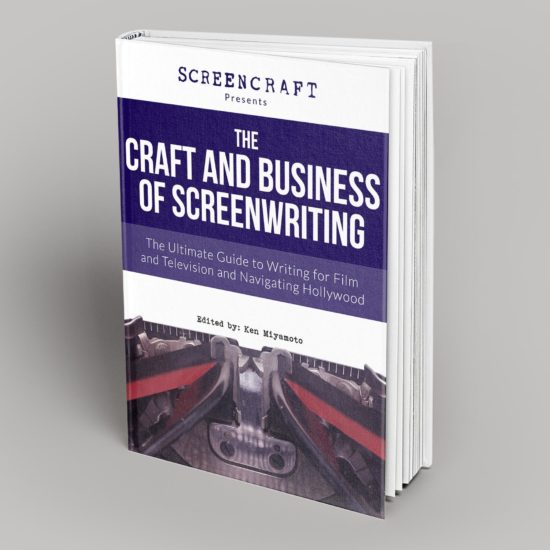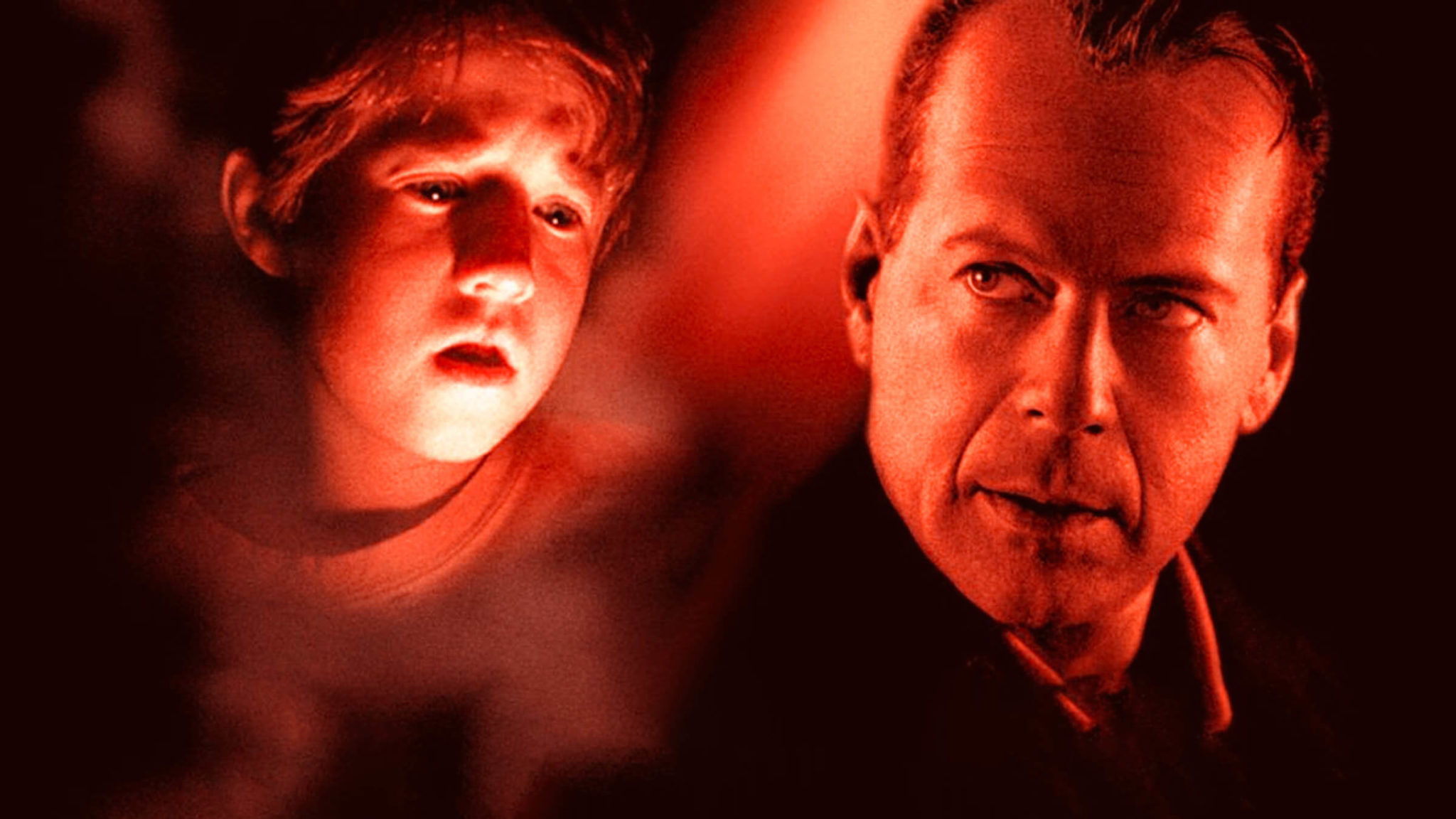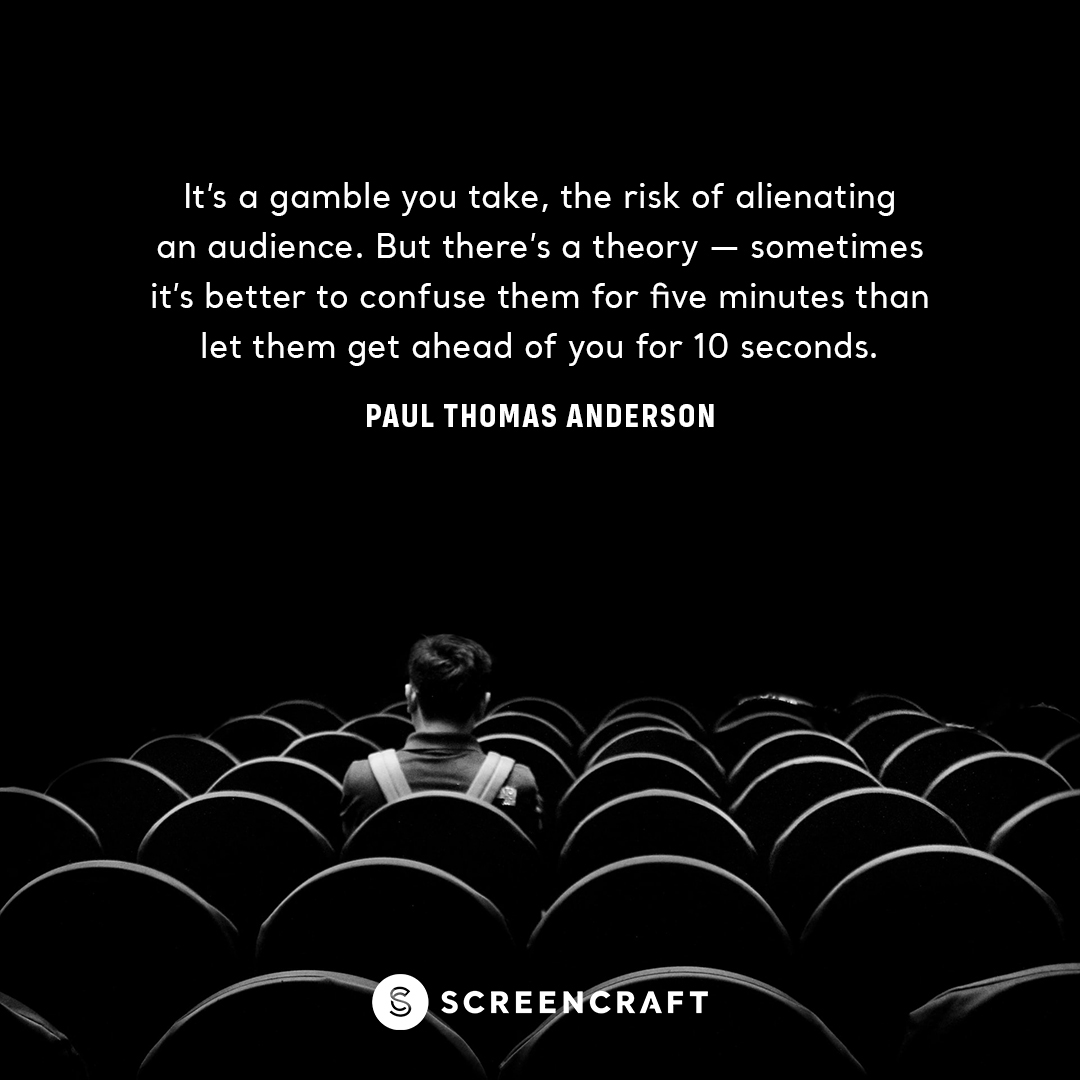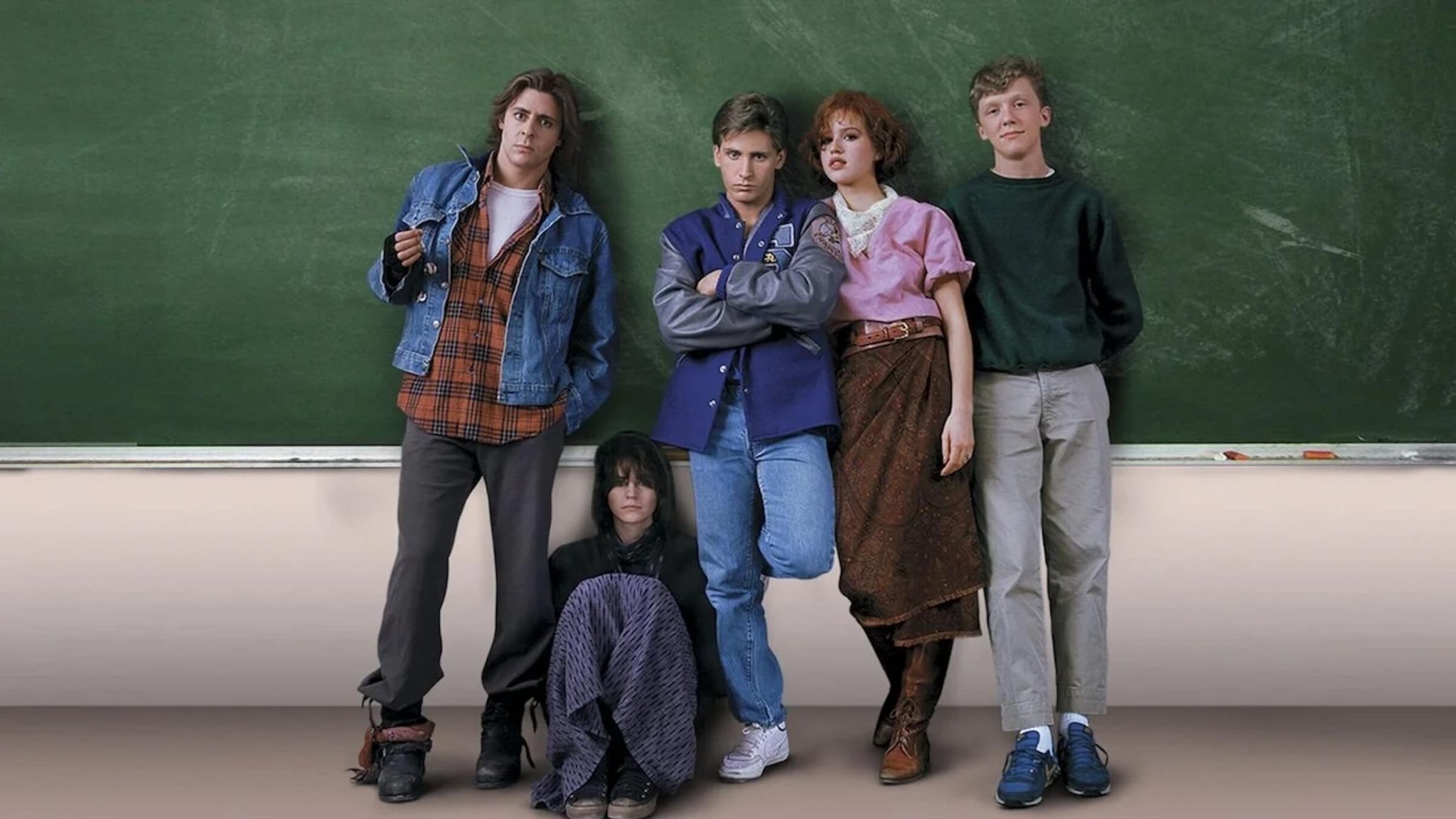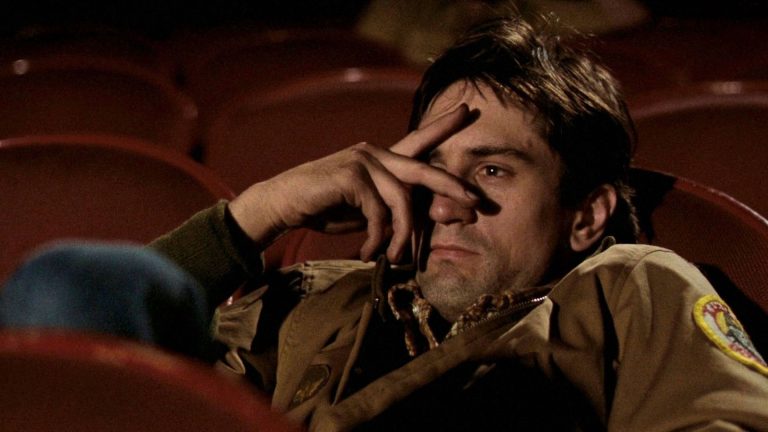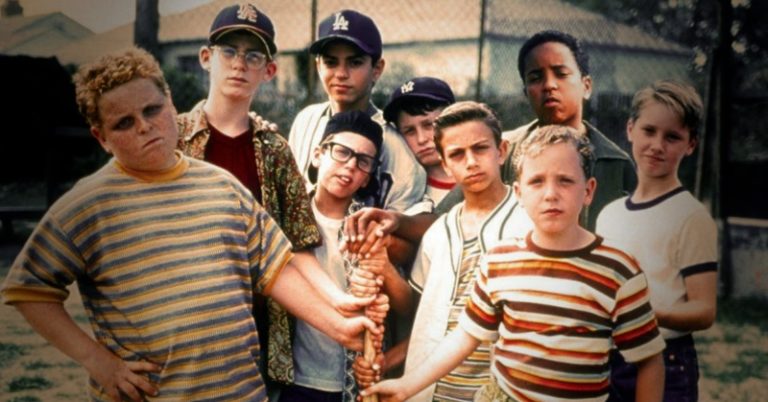
How does a screenplay about kids playing baseball on a dirty lot, terrorizing the local pool, and saving a Babe Ruth-signed baseball from a giant dog stand the test of time to the point where it is a celebrated classic in the eyes of children, women, men, young, and old? Welcome to The Sandlot.
David Mickey Evans wrote, directed and narrated this 1993 childhood classic, which told the summer 1962 set story about a new kid in town that is taken under the wing of a young baseball prodigy and his rowdy team, resulting in many adventures.
The script was based on a true story. In a rough California suburb where David grew up, his brother was tasked with retrieving a baseball that had gone over a fence at the local sandlot. He and his brother had been trying to fit in, but were denied access to the local game. When the opportunity arose, his brother jumped the fence to retrieve the ball, only to discover a large, chained German Shepherd mix guarding the property. The dog bit into his brother's thigh.
"The dog broke the chain and bit him right in the thigh, and ripped him up real bad," Evans told The Citizens' Voice. "He got away from it, and they got their ball back and sort of laughed at him, and he staggered home."
Years later, he decided to turn the otherwise sad and dark moment of his childhood into a screenplay. "I made it a bit of a hero's story. I don't know if that's sort of self-psychological healing or not, but that's somewhere in there. And it worked out pretty well."
David moved to Los Angeles for college in 1980. He attended Loyola Marymount University and graduated with a film degree in 1984.
He later became one of the highest paid screenwriters in the 1990s, selling spec scripts Radio Flyer and The Sandlot for over $1 million each. David was originally going to direct Radio Flyer, but was replaced by Richard Donner due to his inexperience. That film would undergo massive rewrites and open to mixed reviews and modest box-office numbers. It was The Sandlot that cemented his place in baseball, Hollywood, and nostalgic lore.
But what was it about this screenplay and eventual movie that captured the hearts and imaginations of not just children, but men, women, young and old alike?
Nostalgia
As we can see with movies like Stand By Me, Super 8, It, and Ready Player One — as well as TV series like Stranger Things and The Goldbergs— nostalgia is and always has been an outstanding way to capture the attention of audiences from all demographics.
People love to look back on their childhoods and fond memories of yesteryear. They enjoy seeing recreations of those sights, sounds, and memories from their past.
Whether it's pop culture from those times or simple childhood moments that every generation can identify with, nostalgia can be an excellent tool for any screenwriter looking to pull a reader or audience into their script.
The Sandlot benefited from two particular forms of nostalgia — Era Nostalgia and Coming-Of-Age Nostalgia.
Era Nostalgia takes a specific era in time — usually within a particular decade — and uses it not only as a location and time period, but as a way to invoke a certain familiar atmosphere. While this story is set in the 1960s, it could have easily been applied to almost any other decade before technology took children indoors and away from the sandy fields.
When you focus on a particular era in your scripts, you're offering the reader and audience a chance to experience that era through the eyes of the characters and the nostalgic visuals.
Coming-Of-Age Nostalgia takes a specific time period of youth — usually in preteen ages — and uses it as a way to touch on the memories of the reader and audience, pulling on their heartstrings as they remember those fond or life-changing moments from their own upbringing.
When you focus on a particular time period in life that most can identify with, it doesn't matter what era the script is set in. Stand By Me could have easily taken place in the 1960s, 1970s, or 1980s. It was the Coming-Of-Age factor that drew people's interest. The Sandlot has that same effect. It's evident among each and every generation that discovers it as well.
It doesn't matter what era it was set in. We all remember tree houses, forts, S'mores, the local pool on a hot summer day, adventures, drama that was elevated by our imaginations, bike rides to the local store for candy, summer block parties, and the heroes we worshiped.
The lesson learned is the power that nostalgia plays in movies — and how you can use that to your advantage when developing ideas to write as compelling and engaging cinematic stories.
Realism vs. Watered-Down Elements
If you're writing a family-based story or one that has children or preteens front and center, it's tempting to water down the language, the actions, and the subject material in hopes to create a story that is easy to digest while keeping the younger audience in mind.
Most movies and television shows developed for young demographics these days fail to capture what it's really like to be a kid.
With The Sandlot — and other movies and shows like Stand By Me and Stranger Things — what appeals to adults and children is the realism. In real life, kids swear, stare at the pretty girls, treat each other terribly, create havoc, deal with divorce, deal with death, etc.
Watering down that truth to appease a demographic or MPAA rating disengages the audience. They know what is real and what is fabricated reality.
While The Sandlot does have fantastical moments, it also manages to capture realistic elements of childhood — moments that feature heavy subjects of divorce, death, step-parents, bullying, etc. For every amount of hilarity, there is an equal amount of heart and truth.
Audiences respond to that.
Spot-On Narration
Having narration within your script is often thought of as a crutch, existing only to deliver exposition and inner feelings of characters.
With nostalgic scripts, the narration can become an outstanding tool as the narrator often feels like the voice of our own "old" selves, looking back on a cherished time in our lives.
In fact, the best narration in cinema has come from movies and television that look back on those magical times — Stand By Me, The Wonder Years, and A Christmas Story to name a few.
The narration in these films isn't blown out of proportion. Instead, each and every moment the narrator's voice resonates enhances the emotion of the scene with a simple nostalgic line or two.
The narration can also offer these types of scripts amazing bookends. Sure, the narrative bookends in The Sandlot and Stand By Me do offer exposition, but it's light enough to just get the characters moving in the beginning and wrap things up in the end.
It also has a magical element to it — as if someone is there with us telling us this story.
When used well and sparingly, narration can deliver a specific tone and atmosphere that enhances the overall story and characters. Even in films not dealing with nostalgia-specific stories.
Each Character Gets Their Moment
These days, supporting characters in so many scripts are simply used as accessories to service the lead character's story — the funny sidekick, the over-opinionated friend, etc.
In The Sandlot, each character gets their moment. This is perhaps the shining factor that keeps the appeal of this script and film so strong. Everyone who watches the movie can identify with a particular character. They can do so because the script offers each of them their time in the spotlight. And then throughout the whole story, we get a true sense of the dynamic that each character brings to the ensemble.
We've all known a Squints...

... a Ham

... a Yeah-Yeah

... a Bertram Grover Weeks

... a DeNunez

... a big brother and tag-along little brother duo like Timmy and Tommy

... a cool kid to look up to like Benny

... and of course, the kid that just wants to fit in like Scotty

In fact, we may have been any one of these characters, or a variation thereof.
And that's where the script shines the most. It offers many stories, many moments, and many characters to become attached to without hurting the core of the story.
Depth
This is where the script manages to separate itself from most imitators, including the lackluster sequels that followed.
The script could have easily focused on the hijinks, baseball, and fantasies. However, David managed to inject some true depth to the story as we watch Scotty try to connect with his stepfather — and vice versa.
The stepfather character could have just as easily been written as a villain — that stereotypical figure that yelled and either verbally or physically abused Scotty and his mother. However, the script managed to showcase a relationship between Scotty and his stepfather that transcended that cliche. They were both struggling to find a way to not only relate to one another — but create that father-son bond that both of them had perhaps been longing for.
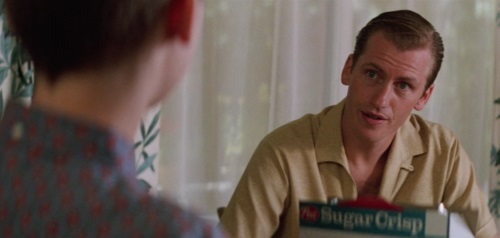
The strong motherly figure added to that depth, offering us a glimpse into our own past as we remembered that mother figure from our own childhood. One who wanted you to stay out of trouble, but also wanted you to get into a little trouble as well — but not too much. She wanted her son to be a kid amidst the move and a new father figure.
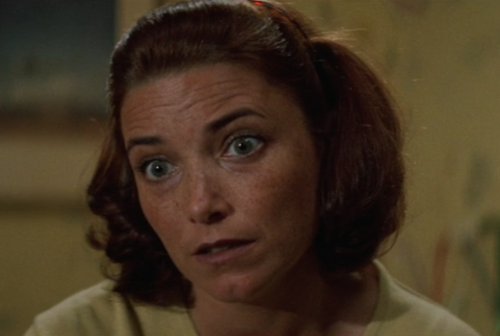
Without these storylines, the core concept wouldn't have resonated as much as it has these last twenty-five years.
So when you're developing a concept that has lighter fare, always remember that you need to anchor that with some added depth that pulls on our heartstrings.
A Little Bit of You
As David mentioned, this story is comprised of bits and pieces from his own childhood. That's why it feels so real and relevant.
Screenwriters often fall into the trap of contrived drama and conflict — direct results of relying on screenwriting guru formulas. When you take drama and conflict from your own life and apply it to the concepts and characters you develop — no matter how fantastical they can be — you're injecting truth into your scripts. Truth that audiences can easily relate to.
And better yet, doing so makes the writing more personal. You're more invested in those stories and characters. And that reflects on the work as well. Readers will see that within your script and audiences will embrace that when they watch the film.
Always do whatever you can to put at least a little bit of you into that script.
A Little Surprise at the End
You can't go wrong with a James Earl Jones cameo. But the moment goes beyond that. The script manages to offer some misdirects which lead to a surprise ending that manages to change not only our view of the events that have unfolded, but the characters' views as well.
Up until the closing minutes, we began to believe in this fantasy of a giant dog that was more monster than canine. The script could have easily kept this fantasy going through the end with the boys finally getting the ball back. However, David shattered that fantasy and injected a little more heart and depth to the story.
The reveal of the true origins of the dog and his owner managed to teach the kids a lesson between fact and fiction. And we all identify with those childhood memories of blowing otherwise insignificant events and figures into something more than they ever were. That shadow in the bedroom during a sleepover. That stranger stalking the night. That spooky house on the corner that is surely haunted.
And in the case of The Sandlot, that mysterious old man and his monster of a dog.
Always leave the audience and the characters with that feeling of learning something — of growing.
Read ScreenCraft's 25 Years Later: Why The DAZED AND CONFUSED Script Works!
Ken Miyamoto has worked in the film industry for nearly two decades, most notably as a studio liaison for Sony Studios and then as a script reader and story analyst for Sony Pictures.
He has many studio meetings under his belt as a produced screenwriter, meeting with the likes of Sony, Dreamworks, Universal, Disney, Warner Brothers, as well as many production and management companies. He has had a previous development deal with Lionsgate, as well as multiple writing assignments, including the produced miniseries Blackout, starring Anne Heche, Sean Patrick Flanery, Billy Zane, James Brolin, Haylie Duff, Brian Bloom, Eric La Salle, and Bruce Boxleitner. Follow Ken on Twitter @KenMovies
For all the latest ScreenCraft news and updates, follow us on Twitter, Facebook, and Instagram.
Tags
Get Our Screenwriting Newsletter!
Get weekly writing inspiration delivered to your inbox - including industry news, popular articles, and more!


